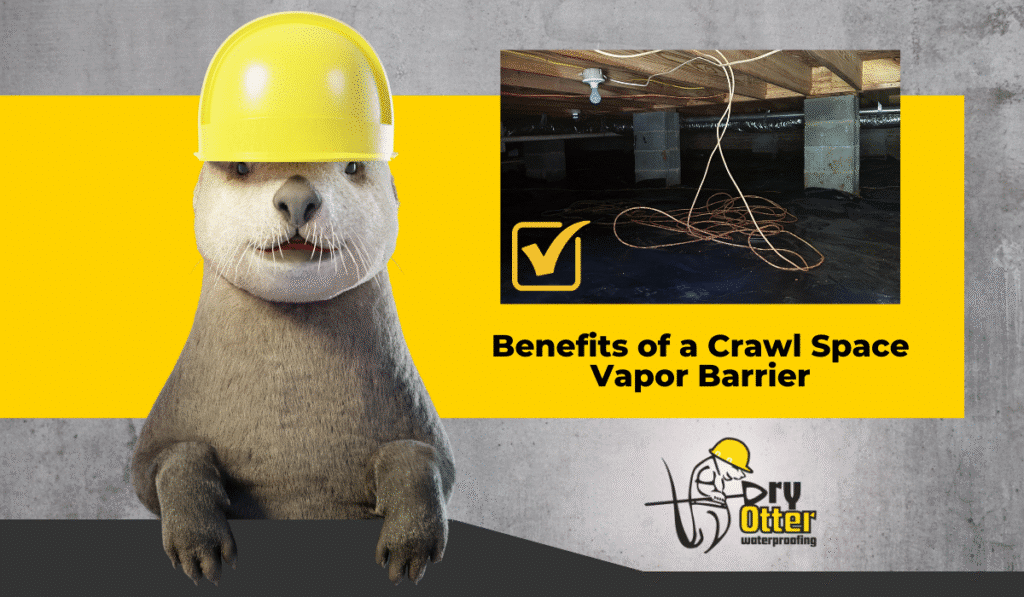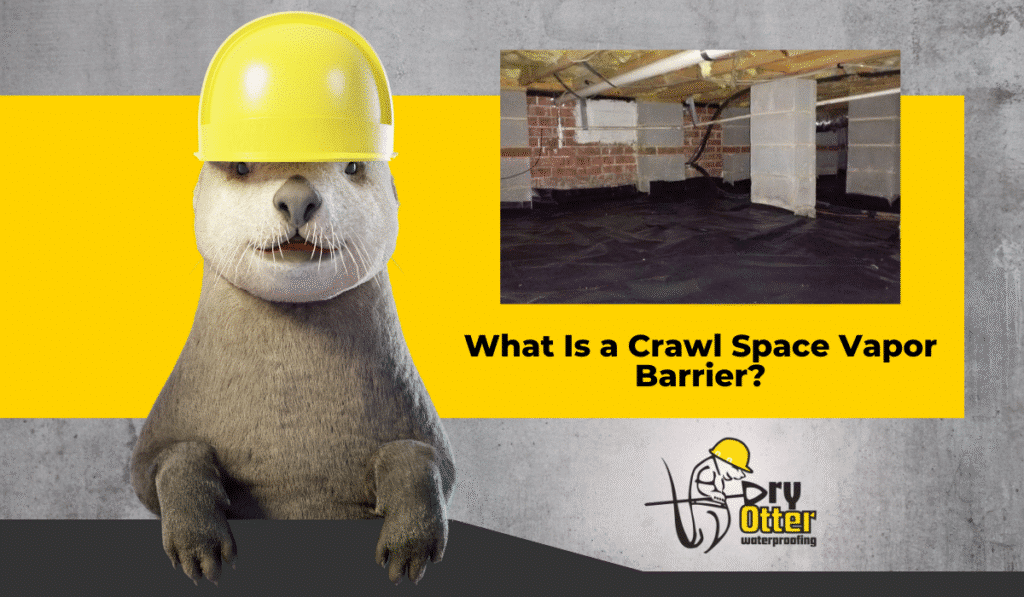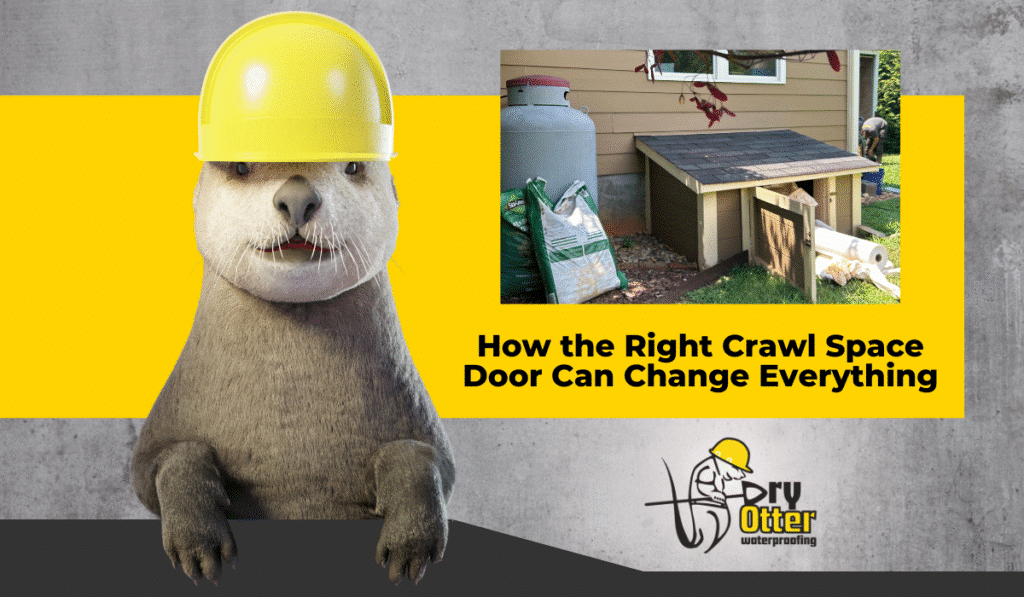Your foundation is the core of your home’s stability and longevity. To effectively maintain your investment, it is important to understand the different types of foundation cracks and the significant risks they can pose, from structural damage to reduced home value.
There are different types of foundation cracks, and not all of them are worrisome. Some cracks are cosmetic, while others can lead to significant damage.

Common Types of Foundation Cracks
To understand the different types of foundation cracks and their level of concern, here’s a breakdown:
Horizontal foundation cracks: Horizontal foundation cracks run parallel to the floor and can be worrisome because they could signal foundation bowing or movement caused by hydrostatic pressure.
Vertical foundation cracks: Vertical foundation cracks run from the floor to the ceiling and typically run in a straight line. These cracks are less concerning than horizontal cracks and usually occur from foundation settling.
Your foundation’s settlement is a natural occurrence. As the soil compacts over time, it shifts, resulting in cracks or shrinkage in the concrete of a new home as it dries.
Hairline cracks: Types of foundation cracks, like hairline cracks less than ¼ wide, are usually just cosmetic and pose no threat. However, if they worsen over time, you may need to address them.
Stair-step cracks: These are diagonal cracks usually caused by settlement issues and should be evaluated by a professional immediately.
Causes of Foundation Cracks
Several factors can cause different types of foundation cracks, such as horizontal and vertical cracks. Knowing which are cause for concern and which aren’t can help you decide what to do next.
Horizontal cracks are caused by:
- Expansive soils: Clay-rich soils expand and contract based on moisture levels, exerting pressure on your foundation and leading to horizontal cracks.
- Hydrostatic pressure: Groundwater can put pressure on your foundation, causing it to bow or crack.
- Foundation settlement: If your foundation settles unevenly due to soil erosion or structural weaknesses, you may experience horizontal cracks as a result.
Vertical cracks can be caused by:
- Concrete shrinkage: When concrete dries or cures, it can shrink, resulting in minor cracks that are more cosmetic than a cause for concern.
- Uneven settlement: If one part of your foundation settles more than another, vertical cracks can result.
- Minor soil shifting: Small shifts in your soil can lead to small, hairline vertical cracks.
Identifying Dangerous Cracks
Knowing what types of foundation cracks are bad and which indicate serious problems is important.
Red Flags: Action is required if you see the following:
Horizontal cracks: This type of crack is the most concerning because it can be caused by significant movement of your foundation. Hydrostatic pressure, soil expansion, and structural instability can all be culprits.
Diagonal cracks: Stair-step cracks that run diagonally from floor to wall could indicate major foundation stress.
Large vertical cracks: Vertical cracks larger than a ¼ inch, especially if you also see bowing walls, should be addressed immediately.
Visible rebar: If you notice rebar protruding from your foundation within a crack, you may be facing severe structural damage.
Doors and windows sticking, water seeping, and water leaks are also signs you should contact a professional like Dry Otter Waterproofing immediately to schedule one of their free inspections.
Solutions for Foundation Cracks
Carbon fiber straps:
For severe problems, carbon fiber straps are used to reinforce and stabilize your foundation. They are lightweight yet extremely strong. Great for cracking, bowing, and strengthening.
Wood joist repair: Foundation issues can result from problems with your floor joists that require wood joist repair in your crawl space or basement. Dry Otter can easily fix your wood joists regardless of the material they used during construction.
Waterproofing:
Dry Otter offers many solutions for waterproofing and proper drainage for basements and crawl spaces with significant water issues.
Epoxy injection:
For cracks that are small to medium in size, injecting epoxy resin into the crack will seal it and reinforce your foundation.
Polyurethane injection:
This is used on larger cracks and voids. It works much like epoxy to fill the crack and provide a strong seal.
While it’s tempting to take the DIY approach to fixing your foundation cracks, without professional guidance, you could be trading the structural integrity of your foundation for the perceived convenience of fixing it yourself.
A qualified inspection is critical. By calling a company like Dry Otter Waterproofing, you can be assured of an accurate diagnosis and a long-term solution.
We also have the equipment necessary to get the job done quickly and professionally, preventing further damage, and all repairs come with a warranty.
Take the guesswork out of it. Call a professional for prompt repair and guaranteed service for any foundation cracks, damage, or leaking.






